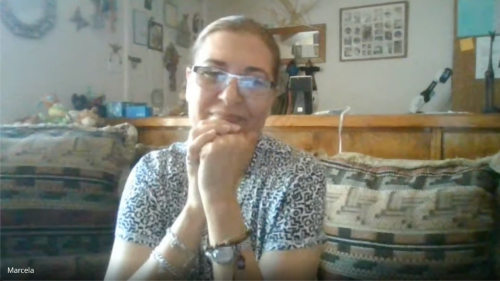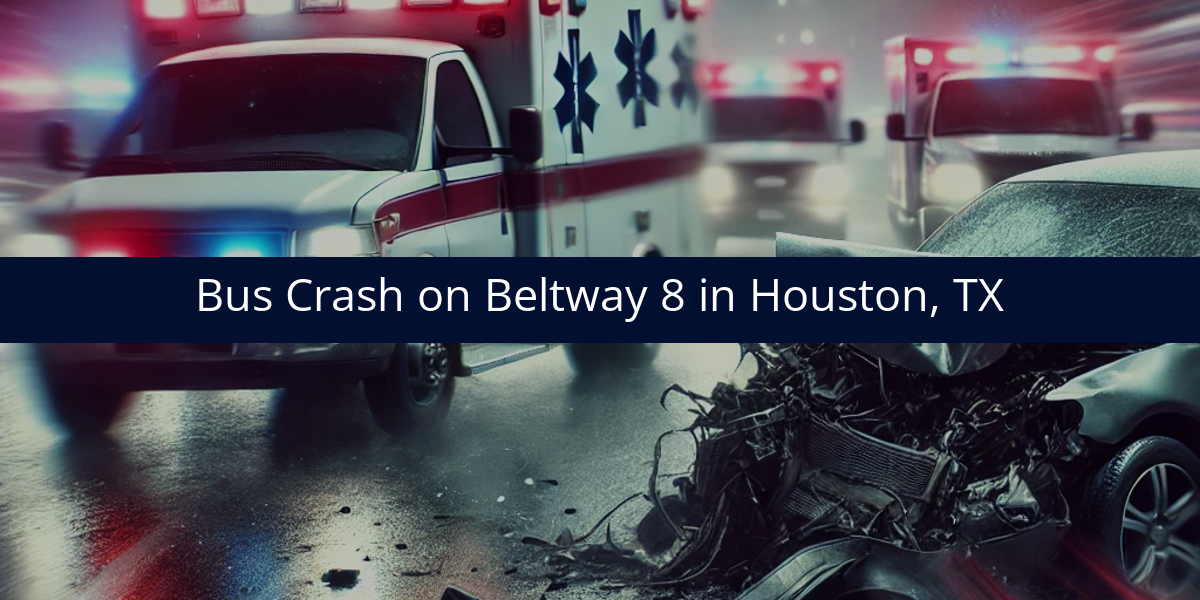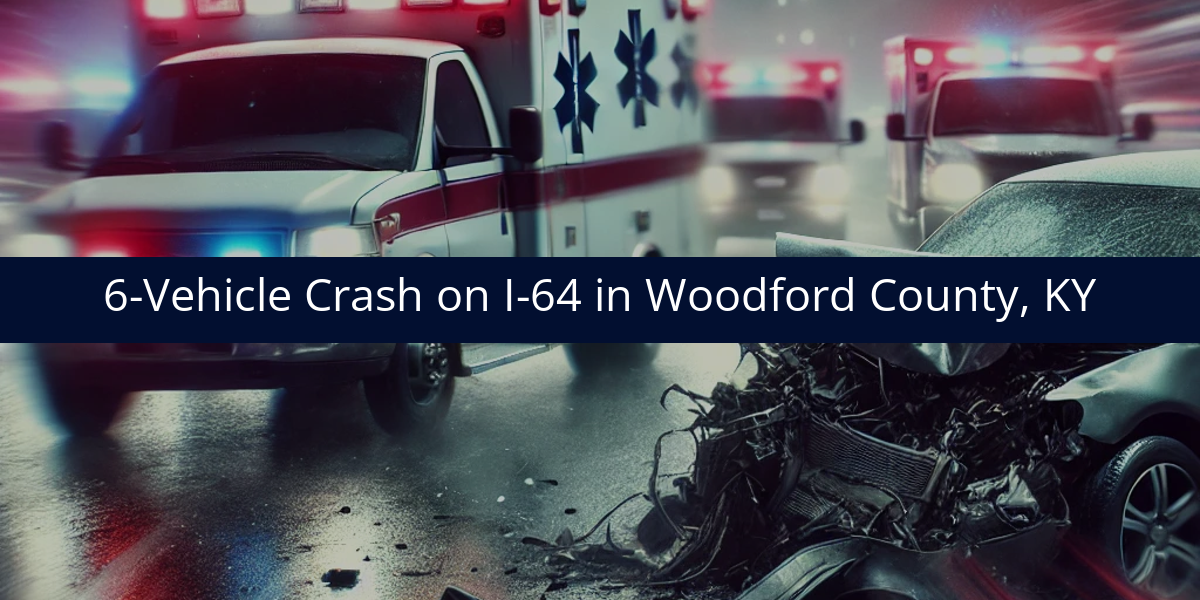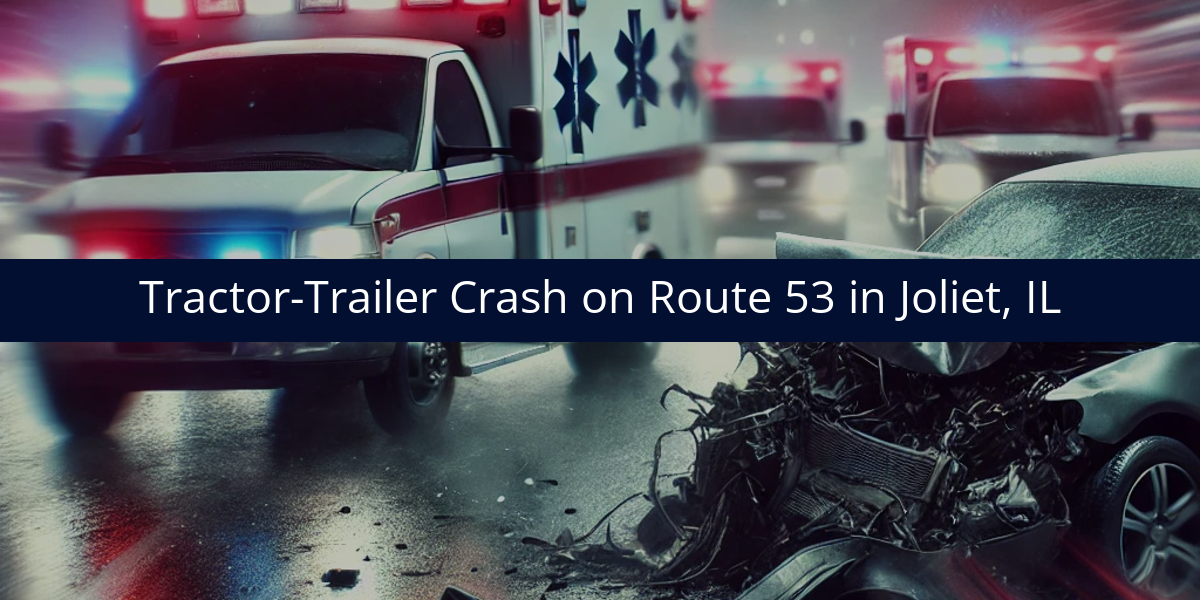A crash in Joliet Friday afternoon claimed the life of 28-year-old Adam J. Weathers. According to police, the collision happened around 1 p.m. at South Chicago Street (Route 53) and Schweitzer Road. Investigators say a Kenworth tractor-trailer was leaving a private business when it allegedly attempted to turn north onto Route 53. At the same time, Weathers was driving southbound in a Chevrolet Sonic, and the two vehicles collided. Weathers was transported to the hospital where he was later pronounced dead. The tractor-trailer driver was not injured. Police continue to investigate the cause of the crash.
Crashes like this raise questions about how both vehicles entered the intersection and whether other factors were involved. Investigators will need to piece together exactly how the truck’s turn and the car’s approach aligned at the moment of impact.
Was the Truck’s Turn Executed Safely?
One of the first questions investigators will ask is whether the tractor-trailer driver had sufficient clearance to enter the roadway. Large commercial vehicles require wide turning radiuses, and when they pull out of private businesses, they can present a hazard to oncoming traffic if not timed carefully. Investigators will likely look at sight lines, traffic flow, and the speed of the oncoming Chevrolet Sonic to determine whether the truck’s maneuver created a dangerous situation.
Could Mechanical Issues Have Played a Role?
Beyond driver judgment, investigators will need to consider whether the tractor-trailer’s equipment was functioning properly. Brake issues, steering malfunctions, or even an obstructed mirror could prevent a driver from responding appropriately when pulling onto a busy roadway. Reviewing inspection and maintenance records will be key in confirming whether the truck was safe to operate at the time of the crash.
Evidence That Should Be Reviewed
Critical evidence will include Engine Control Module (ECM) data from the tractor-trailer, which could show whether the driver braked or accelerated in the seconds before impact. Witness statements, surveillance video from nearby businesses, and roadway measurements will also help establish the sequence of events. Physical evidence, such as skid marks or debris patterns, can confirm whether evasive action was taken and from which direction.
Why a Full Investigation Is Critical
When a fatal crash involves a passenger car and a tractor-trailer, questions of timing, visibility, and vehicle condition all need to be answered. A careful investigation will provide the facts necessary to understand how this collision occurred and who, if anyone, bears responsibility for the outcome.











